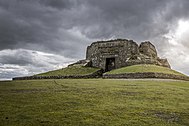The British royal family comprises King Charles III and his close relations. There is no strict legal or formal definition of who is or is not a member, although the Royal Household has issued different lists outlining who is a part of the royal family. Members often support the monarch in undertaking public engagements, and pursue charitable work and interests. The royal family are regarded as British and world cultural icons.

Mountbatten-Windsor is the personal surname used by some of the male-line descendants of Queen Elizabeth II and Prince Philip, Duke of Edinburgh. Under a declaration made in Privy Council in 1960, the name Mountbatten-Windsor applies to male-line descendants of Queen Elizabeth II without royal styles and titles. Individuals with royal styles do not usually use a surname, but some descendants of the Queen with royal styles have used Mountbatten-Windsor when a surname was required.
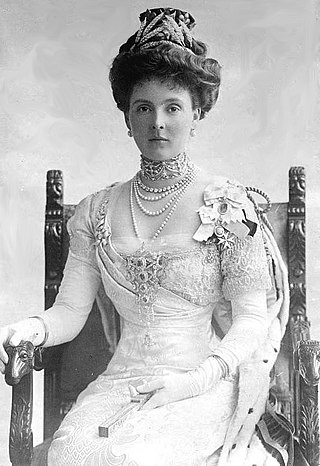
Princess Alice, Countess of Athlone was a member of the British royal family. She was one of the longest-lived British royals. Princess Alice was the chatelaine of Rideau Hall in Ottawa from 1940 until 1946, while her husband Alexander Cambridge, 1st Earl of Athlone, served as Governor General of Canada.
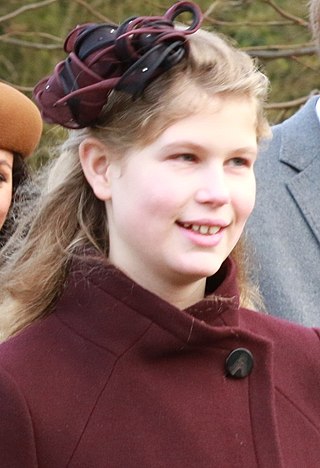
Lady Louise Alice Elizabeth Mary Mountbatten-Windsor is the daughter of Prince Edward, Duke of Edinburgh, and Sophie, Duchess of Edinburgh. She is the youngest granddaughter of Queen Elizabeth II, and the youngest niece of King Charles III. Born 8th in line to the British throne, she is now 16th.

The Mountbatten family is a British dynasty that originated as a British branch of the German princely Battenberg family. The name was adopted on 14 July 1917, three days before the British royal family changed its name from "Saxe-Coburg and Gotha" to "Windsor", by members of the Battenberg family residing in the United Kingdom, due to rising anti-German sentiment among the British public during World War I. The name is a direct Anglicisation of the German Battenberg, or Batten mountain, the name of a small town in Hesse. The titles of count and later prince of Battenberg had been granted in the mid-19th century to a morganatic branch of the House of Hesse-Darmstadt, itself a cadet branch of the House of Hesse.

Lord Frederick Michael George David Louis Windsor is a member of the British royal family. He is a British financial analyst, and the only son of Prince and Princess Michael of Kent. He is married to British actress Sophie Winkleman. He is 53rd in the line of succession to the British throne.

The use of the title of Princess of the United Kingdom of Great Britain and Northern Ireland is entirely at the will of the sovereign, and is now expressed in letters patent. Individuals holding the title of princess are styled "Her Royal Highness" (HRH). The current letters patent were issued in 1917 during the First World War, with one extension in 2012.
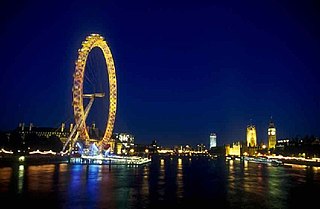
The Golden Jubilee of Elizabeth II was the international celebration held in 2002 marking the 50th anniversary of the accession of Queen Elizabeth II on 6 February 1952. It was intended by the Queen to be both a commemoration of her 50 years as monarch and an opportunity for her to officially and personally thank her people for their loyalty.
The Vigil of the Princes refers to occasions when members of the British royal family have "stood guard" during the lying in state of one of their relatives during or as part of a British state or ceremonial funeral. This occurred for King George V in 1936, Queen Elizabeth The Queen Mother in 2002, and for Queen Elizabeth II in 2022. During the first two of these occasions, only male members of the British royal family joined the vigil. In 2022 however, Anne, Princess Royal, took part alongside her three brothers in vigils for their mother, Queen Elizabeth II.

James Alexander Philip Theo Mountbatten-Windsor, Earl of Wessex, is the younger child and son of Prince Edward, Duke of Edinburgh, and Sophie, Duchess of Edinburgh. He is the youngest grandchild of Queen Elizabeth II and Prince Philip, Duke of Edinburgh, and the youngest nephew of King Charles III. At the time of his birth, he was 8th in line to the British throne. He is now 15th in line.
Honouring individuals buried in Westminster Abbey has a long tradition. Over 3,300 people are buried or commemorated in the abbey. For much of the abbey's history, most of the people buried there besides monarchs were people with a connection to the church – either ordinary locals or the monks of the abbey itself, who were generally buried without surviving markers. Since the 18th century, it has become a prestigious honour for any British person to be buried or commemorated in the abbey, a practice much boosted by the lavish funeral and monument of Isaac Newton, who died in 1727. By 1900, so many prominent figures were buried in the abbey that the writer William Morris called it a "National Valhalla".
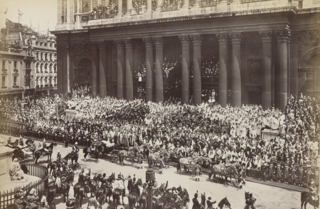
The Diamond Jubilee of Queen Victoria was officially celebrated on 22 June 1897 to mark the occasion of the 60th anniversary of Queen Victoria's accession on 20 June 1837. Queen Victoria was the first British monarch ever to celebrate a Diamond Jubilee.

The Golden Jubilee of Queen Victoria was celebrated on 20 and 21 June 1887 to mark the 50th anniversary of Queen Victoria's accession on 20 June 1837. It was celebrated with a Thanksgiving Service at Westminster Abbey, and a banquet to which 50 European kings and princes were invited.

St George's Chapel at Windsor Castle in England is a castle chapel built in the late-medieval Perpendicular Gothic style. It is a Royal Peculiar, and the Chapel of the Order of the Garter. St George's Chapel was founded in the 14th century by King Edward III and extensively enlarged in the late 15th century. It is located in the Lower Ward of the castle.
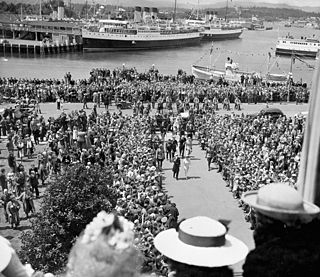
Royal tours of Canada by the Canadian royal family have been taking place since 1786—when the future King William IV became the first member of the royal family to visit Canada—and continue into the 21st century, either as an official tour, a working tour, a vacation, or a period of military service by a member of the royal family. In 1939, King George VI became the first reigning monarch to tour the country.
Since William the Conqueror claimed the English throne, succession has been determined by bequest, battle, primogeniture, and parliament.

Prince Louis of Wales is a member of the British royal family. He is the third and youngest child of William, Prince of Wales, and Catherine, Princess of Wales. A grandson of Charles III, he is fourth in the line of succession to the British throne.

The 2022 Trooping the Colour ceremony was held on Thursday 2 June 2022, as part of the Platinum Jubilee celebrations of Queen Elizabeth II. Over 1,400 parading soldiers, 200 horses, and 400 musicians came together in the traditional parade to mark the Queen's Official Birthday, which usually takes place on the second Saturday of June. It was the final Birthday Parade to take place under the reign of Elizabeth II before her death on 8 September later that year.
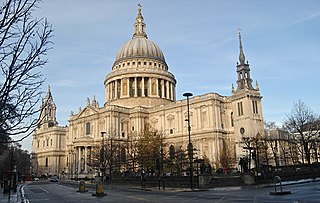
The Platinum Jubilee National Service of Thanksgiving was held at St Paul's Cathedral in London on Friday 3 June 2022, as part of the Platinum Jubilee celebrations of Queen Elizabeth II.
